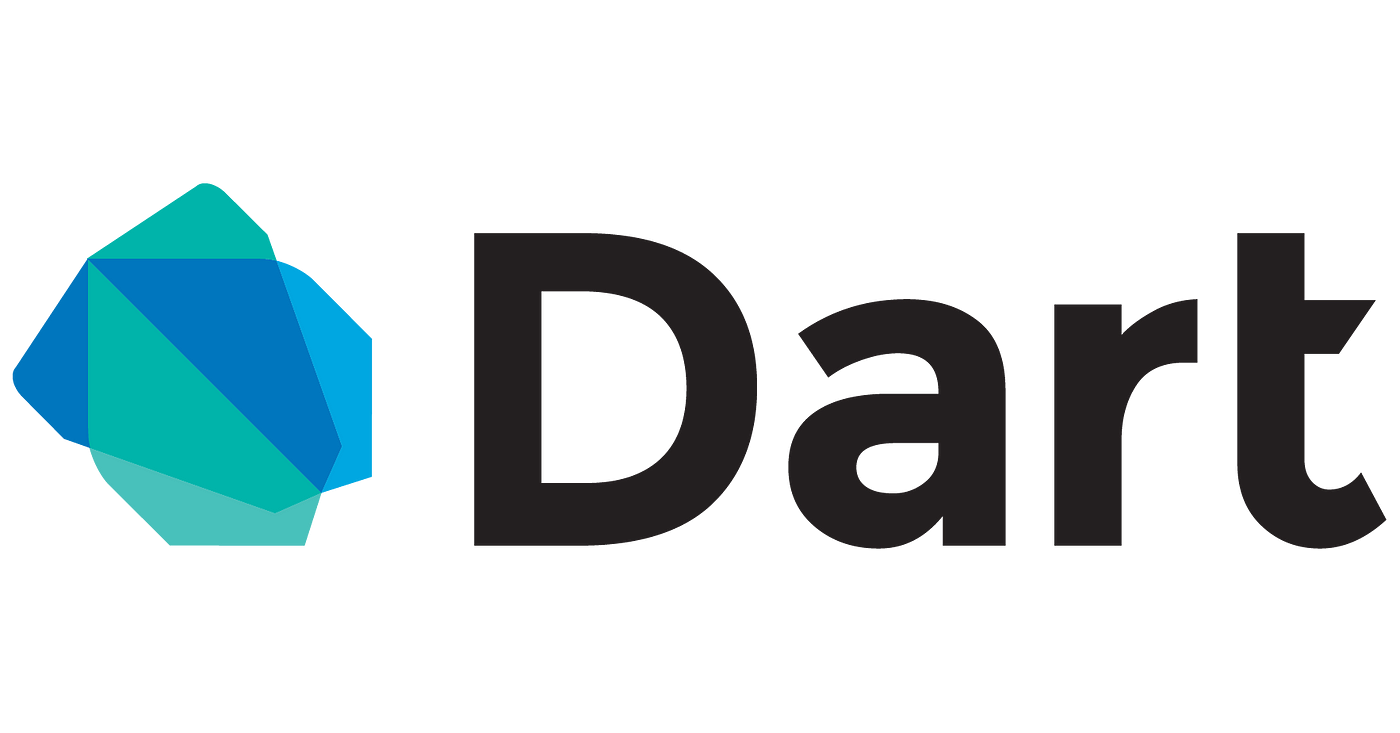Welcome to the world of Dart programming! This guide will help you get started with the basics of programming and Dart using DartPad.
- Introduction to Programming
- Variables and Data Types
- Control Flow
- Functions
- Lists/Arrays
- User Input
- Setting Up DartPad
- Writing Your First Dart Program
- Data Types in Dart
- Control Flow in Dart
- Functions in Dart
- Lists in Dart
- User Interaction in Dart
- Simple Exercises
- Explore Dart Documentation
Programming is the process of writing instructions for a computer to perform a task. Let's dive into the basics of programming!
In Dart, variables store data. Data types include int, double, String, and bool.
void main() {
// Variable declaration and initialization
int age = 25;
double height = 5.9;
String name = "John";
bool isStudent = true;
// Outputting values
print("Name: $name, Age: $age, Height: $height, Student: $isStudent");
}Use if statements for decision-making and loops for repetition.
void main() {
// Control flow with if statement
bool isRaining = true;
if (isRaining) {
print("Bring an umbrella!");
} else {
print("Enjoy the weather!");
}
// Looping with for loop
for (int i = 0; i < 5; i++) {
print("Count: $i");
}
}Functions are blocks of code that perform a specific task. They can take parameters and return values.
void main() {
// Function declaration and call
greet("Alice");
}
// Function definition
void greet(String name) {
print("Hello, $name!");
}Lists store multiple items. Access and modify list elements.
void main() {
// List declaration and initialization
List<String> fruits = ["Apple", "Banana", "Orange"];
// Accessing list elements
print("First fruit: ${fruits[0]}");
// Modifying list
fruits.add("Grapes");
print("Fruits: $fruits");
}Get user input and use it in your program.
void main() {
// User input
print("Enter your name:");
String userName = stdin.readLineSync();
print("Hello, $userName!");
}- Open your web browser.
- Go to DartPad.
Open DartPad and write your first Dart program.
void main() {
print("Hello, DartPad!");
}Click "Run" to see the output.
Understand Dart data types.
void main() {
int age = 25;
double height = 5.9;
String name = "John";
bool isStudent = true;
}Use if statements and loops in Dart.
void main() {
bool isRaining = true;
if (isRaining) {
print("Bring an umbrella!");
} else {
print("Enjoy the weather!");
}
for (int i = 0; i < 5; i++) {
print("Count: $i");
}
}Learn how to declare and use functions in Dart.
void main() {
greet("Alice");
}
void greet(String name) {
print("Hello, $name!");
}Explore lists in Dart.
void main() {
List<String> fruits = ["Apple", "Banana", "Orange"];
print("First fruit: ${fruits[0]}");
fruits.add("Grapes");
print("Fruits: $fruits");
}Get user input and display results.
void main() {
print("Enter your name:");
String userName = stdin.readLineSync();
print("Hello, $userName!");
}Try these simple exercises to reinforce your learning:
- Write a program to calculate the sum of two numbers.
- Create a list of your favorite movies and print them.
Visit the Dart documentation to learn more about Dart and explore additional features.
Happy coding!
